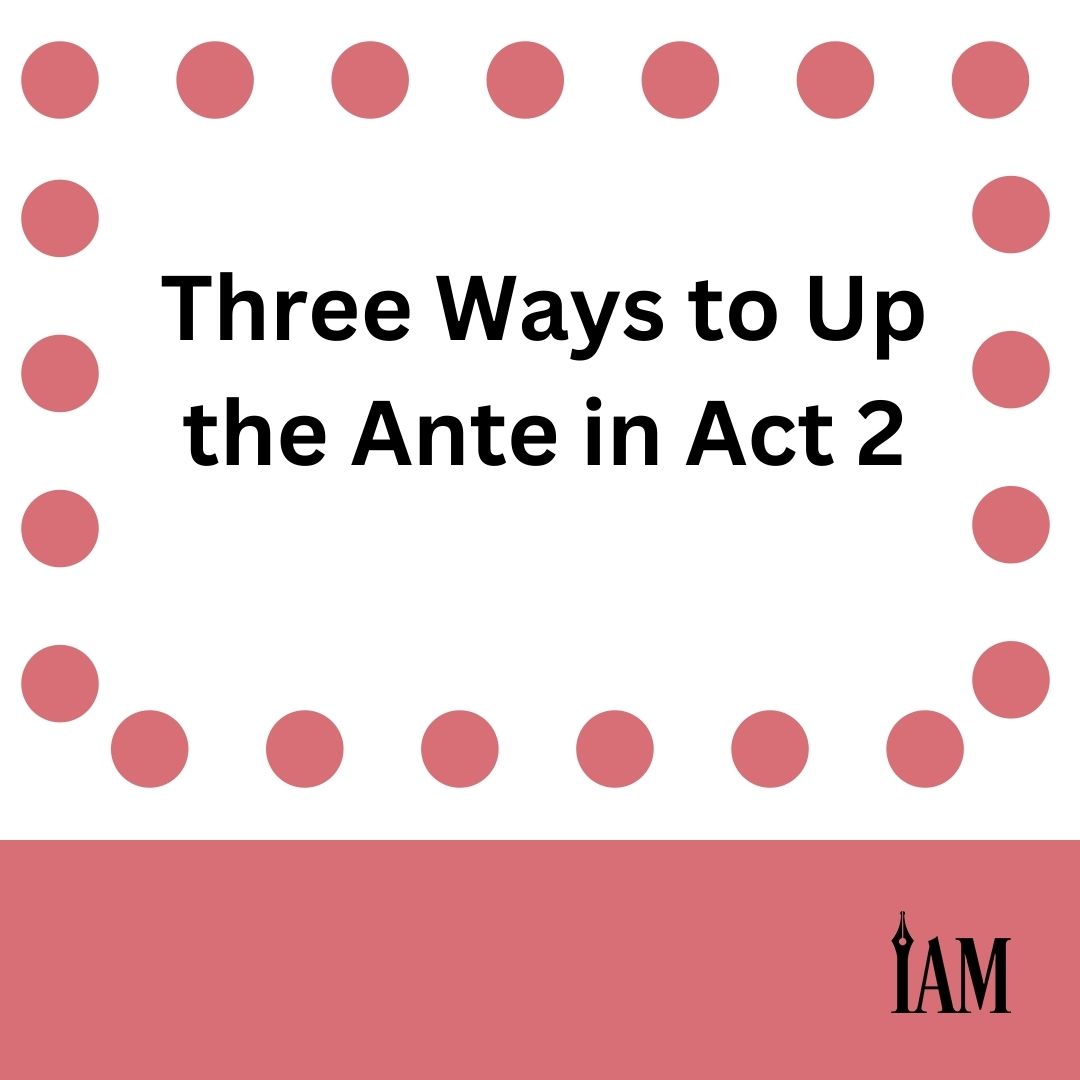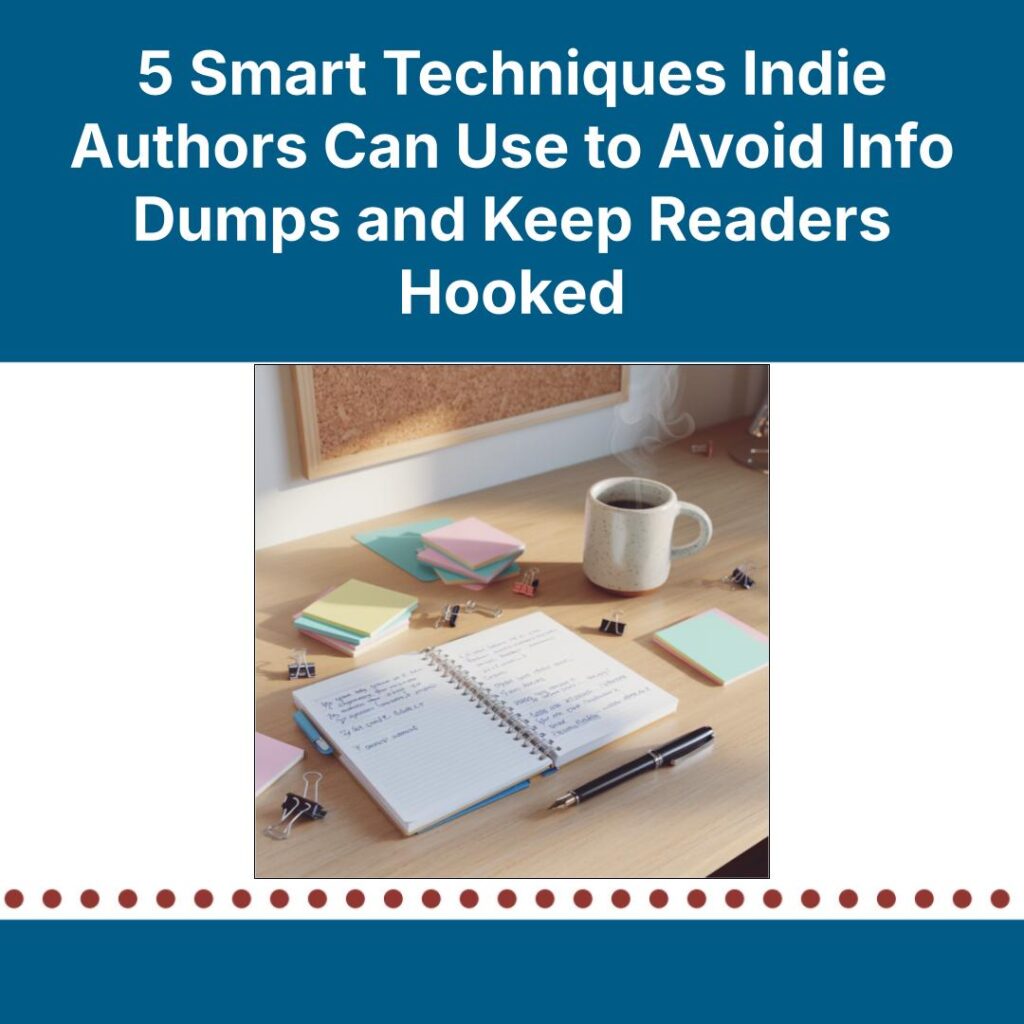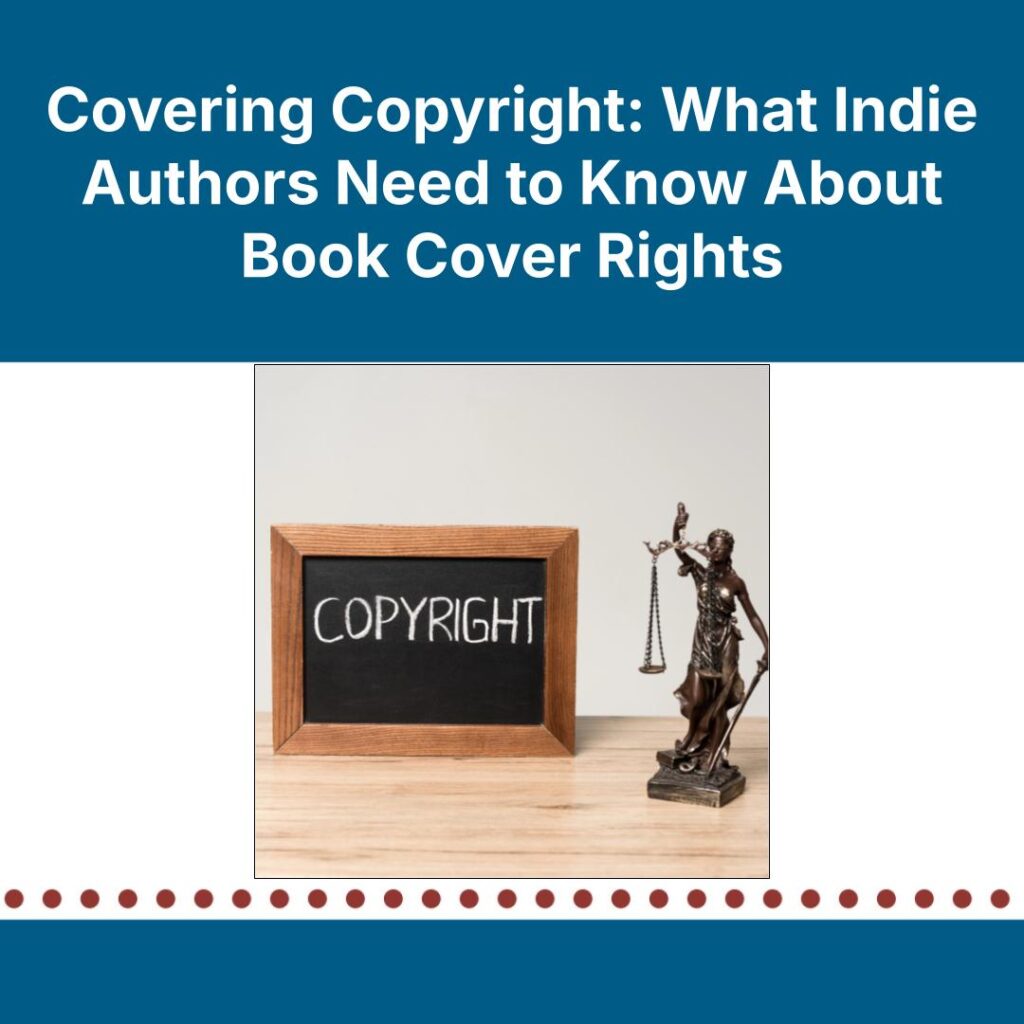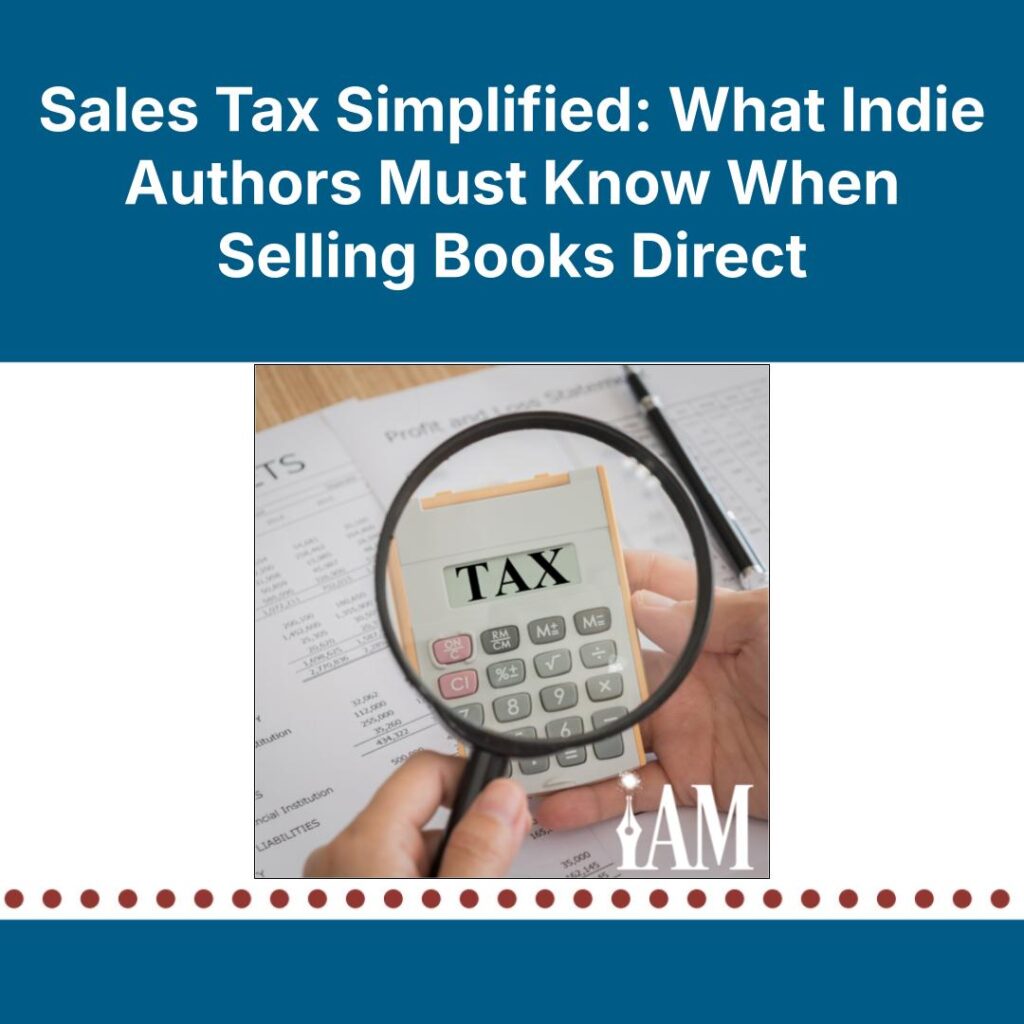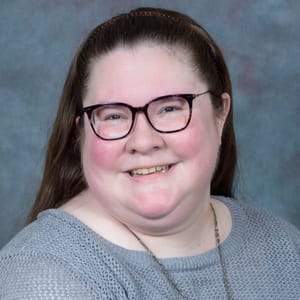Sol Stein once said, “The function of suspense is to put the reader in danger of an overfull bladder.”
When suspense is properly implemented in a story, the reader is taken by the hand and led to great peaks and thrown off mercilessly, only to have them scurry up the next hill for you to do it again. Authors have a duty to the reader, a promise to fulfill in which the story moves along without wasting their time.
But the literal center of the book, called the “sagging middle,” has often been the child of literary neglect. In any genre, readers crave the rising tension of the beginning and the climactic mic-drop of the end; in between those two points, however, they often face endless travel logs, overfed descriptions, and entire chapters where nothing happens. Writers and readers both recognize the sagging middle, acknowledging a slog in writing and reading respectively, once the exciting wonder of a new story has worn off and before the climactic conclusion of act 3 kicks off.
It is not enough to simply “get through” the middle of the book. Readers need to feel like their attention is valued. Thankfully, dropping another hill in your character’s way is a viable solution to filling the middle of the story—and there are a few easy ways to do it.
Introduce a problem
There are many methods to writing a story, and it’s hard to dictate the right and wrong way to create art, but introducing a problem your characters must solve before they can move forward creates suspense by making the reader wonder what if?
What if Gollum turns Frodo against Sam?
What if Harry never makes it on the train to Hogwarts?
What if the Losers leave Derry and leave It to its own devices?
Characters with a problem to solve are not enough. Characters must be interesting and full, and the outcome of solving the problem should give them what they need—or what they think they need—to move forward in the story. A writer’s job is not to be nice to a character and deliver the goods to them on a platter. Be mean, implement a problem when your story starts to slow, and let your characters grow and learn in the process. Your reader will feel terrible for them, and that is the goal of a writer—to elicit an emotional response from the reader.
Ratchet up the tension
As a cousin to suspense, tension is the outcome of conflict. Rub your hands together enough and tap someone, and they might get shocked. Tension comes from the moment your brother chases you around the house with his statically charged hand; suspense leaves you wondering whether you’ll manage to get away. Readers love a bit of tension; they love to ponder what happens next?
Tension isn’t meant to be injected without forethought, however. Tension requires two or more points that tug on the characters, normally plot points, and threaten to pull them backward or forward in the story. In the sixth Harry Potter book, Harry is petrified on the train on his way to Hogwarts by his nemesis, Draco Malfoy, dragging the momentum backward. In Stephen King’s It, the Losers are terrorized by It individually, which causes them to suspend their disbelief that It has returned and pulls everyone forward in the story.
By tightening up plot points, you create tension and a more cohesive plot for readers.
Implement a plot twist
Plot twists can be tricky to do right, but it is so satisfying when you do. A well-crafted plot twist will strike a reader, dropping their jaw and renewing their investment in a story. A plot twist doesn’t have to be plot-altering. It just needs to be the result of an earlier planted seed that went unnoticed by the reader.
Remember the brother with the staticky hand? What if the would-be victim is a notorious prankster and had set up a piece of tape across the door he plans to escape to, which he ducks under at the last minute? Now, the prank is on the prankster.
Keep in mind, your readers will recognize a cop-out or deus ex machina if you haven’t set these details up ahead of time. Don’t forgo the details. Set out the evidence for your plot twist earlier in the story, and your readers will find it satisfying.
Now we have a story where the reader is invested in the outcome, which can go several ways.
Be flexible
It’s hard to dictate right and wrong in storytelling. There are only best practices, but even those can be warped by a writer armed with the right tools. If you’ve set the boundaries early on through a compelling story and believable characters, you can subvert these ideas and bend the rules.
The sagging middle shouldn’t be something you dread writing. If you dread it, the reader certainly will too. Look for ways to add depth and energy to your story, and keep the momentum for their arrival at act 3. Whatever you do, find a way to drag your reader up the mountain again, and keep the story moving forward to the finish line.

